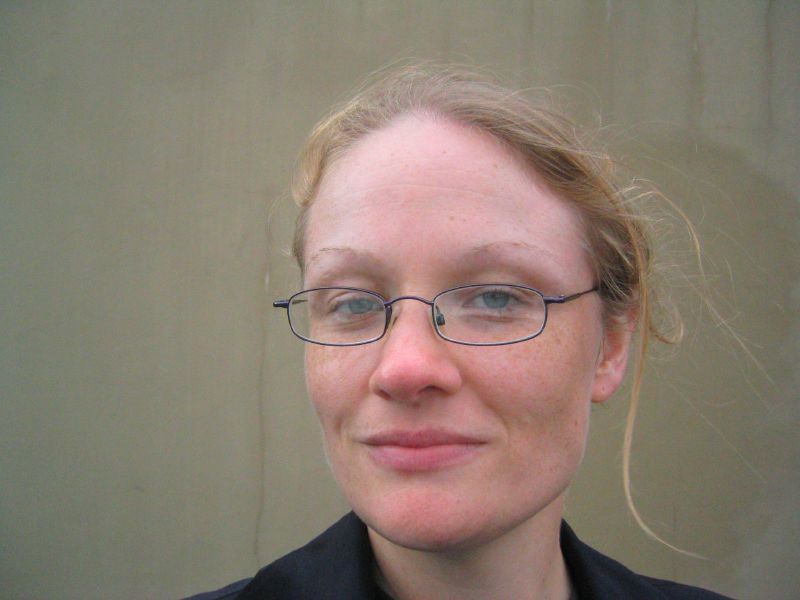
Howard Arkley Retrospective
Queensland Gallery of Modern Art
Nick Cave (c) Howard Arkley 1999, Commissioned with funds provided by L Gordon Darling AC CMG. Collection: National Portrait Gallery, Canberra
The airbrushed lines of Australian artist Howard Arkley (1951-1999) reveal an urban landscape in which multiple layers converge to portray a darker side to the duplex and its dainty décor. Arkley does not shatter the suburban surrounds in the manner of David Lynch (no ears in the grass Blue Velvet style), but there is something decidedly unhomely in the homely. In a repetition of roofs and kempt corners familiar from real estate catalogues, Arkley employs a palette that is slightly overemphatic, skewed, to emphasise a different perspective on the domestic. Despite their instant pop appeal, his works reward the ‘slow look’, an examination of colour and form, pattern and patina which surrounds us on a daily basis and may otherwise be overlooked.
The National Gallery of Victoria’s comprehensive retrospective of Arkley’s work opened at the Ian Potter Centre in Melbourne’s Federation Square in November 2006, and has now reached Brisbane’s Gallery of Modern Art (GoMA) (6th July – 16th September 2007). The exhibition coincides with the launch of John Gregory’s monograph Carnival in Suburbia: The Art of Howard Arkley. Senior Lecturer at the Faculty of Art and Design, Monash University, Dr Gregory presumably has great insight into this subject, in being Howard’s brother-in-law.
The curation of the exhibition, undertaken by Jason Smith, chronicles the early fascination of Arkley with the tools of his trade, showing exercises which work through the different effects to be achieved with the airbrush. We progress past the intricate iron work of front doors, ruminating on Guimard’s Parisian Métropolitain gates, to extensions into the ‘real’ in 3-dimensional seating which plays with perspective, form, and function in inimitable style – what is real, what is model? how do utilitarianism and art coincide? The outside walls of the exhibition explore Arkley’s exteriors (his ‘bloody house paintings,’ said in a moment of exasperation that this would be his legacy), and his fascination with masks. The inside walls perhaps mirror his concerns more closely: the interiors show different settings on the familiar, along side his famous, and thought to be autobiographical work on heroin use, an addiction which brought about his untimely death in 1999, months after world-wide recognition at the Venice Biennale, La Biennale di Venezia.
The centrepiece of the exhibition could be said to be the collaborative piece ‘Blue Chip Instant Decorator’ (1990/1991), completed with Juan Davila for an exhibition in Tolarno Galleries, South Yarra. Whereas Davila’s politics are brutally obvious, Arkley’s are embedded, folded in the patterning and vanishing behind the veneers. Yet, there is a clear statement about commodification of art here and the evacuation of all socio-cultural meaning at the hands of art dealers.
We circle in recombinations and reorderings across a range of visual stimuli in this exhibition, where types are elaborated upon and memes mesmerise. Arkley offers a panorama of immersive entertainment and enlightenment as settings unsettle. These are the landscapes of the twentieth century, where we reflect upon identity and belonging. Arkley positions us to re-evaluate the great Australian dream, served over tea and scones. The back corner is dedicated to a powerful industrial landscape which will no doubt find particular resonance with those who think globally. What is it to be local? As politicians wend their way through marginal electorates, now is certainly the time to recast our gaze.



No comments:
Post a Comment